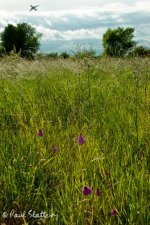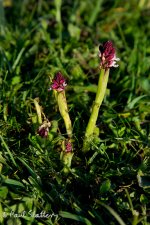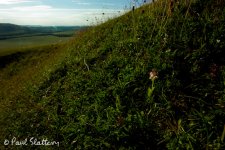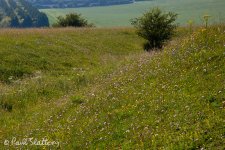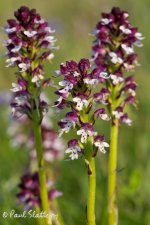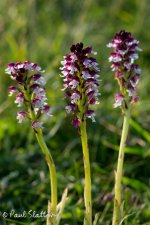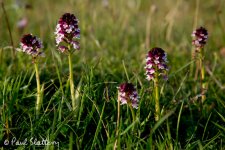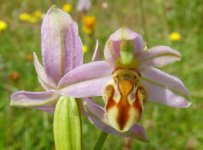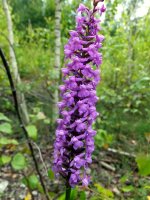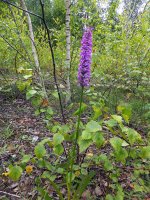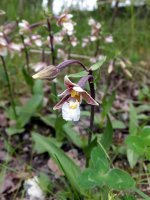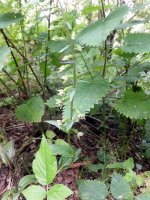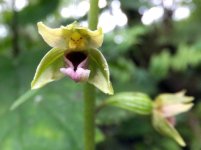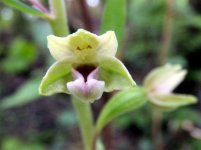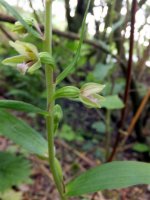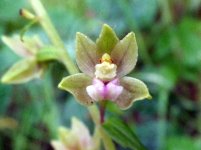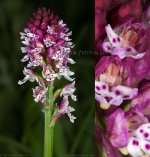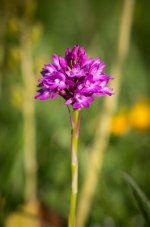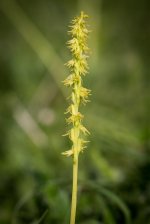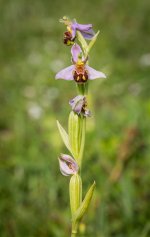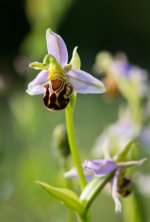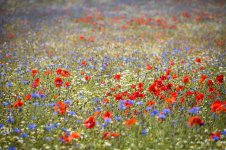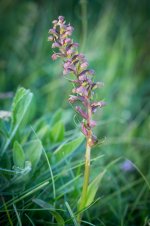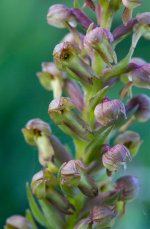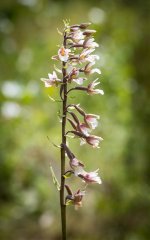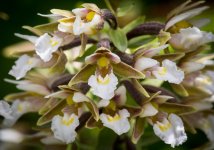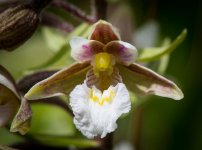Pointlessly cryptic posts
I have only joined this forum relatively recently, but have noticed a strong tendency for posts to be needlessly cryptic, by which I mean they do not mention sites by name, rather they give a few 'clues'. I cannot see the point of this sort of cryptic post, as it usually takes a few seconds to Google the site anyway. For example (and I do not wish to pick anyone out individually, so please take this as an example), a recent post started 'I was up at the old Hampshire hill fort yesterday evening to see burnt orchids at a site which is an SSSI ...'. If I put 'July flowering Burnt Orchid Hampshire' into Google, the 5th result is the Wikipedia article on Ladle Hill, which is presumably the site being discussed! Earlier this year a site for Bee Orchid vars near Oxford was discussed but not named: I Googled a similar query, and within a couple of minutes had a name, location (Woodstock) and a report giving a map and annual counts!
These obscure messages only serve to confuse discussions (as we don't necessarily know, without having to do a bit of Googling, what site is being discussed, and so get confused threads) and I would suggest also alienate those not 'in the club'.
Orchids have long attracted a strange reverence, mostly quite out of proportion to their actual status, and a perception that everything should be secret (I have even seen posts of photos of Early Purple Orchid with 'locality withheld'!). In the age of the internet not much is a secret, and I suggest that there are only two options. Either keep the site of a rare plant secret if you really, really think that it is necessary, and tell no-one (except the BSBI county recorder, and perhaps the local wildlife trust) - don't post photos, or blogs, or messages, however cryptic, and don't tell a few select mates; OR tell people, post blogs etc, naming the site, but in a responsible manner, by which I mean not giving precise directions, grid references etc. to small, vulnerable populations or lone plants of uncommon or rare orchids.
I also get fed up of hearing unsubstantiated reports of orchids being 'dug up' or 'stolen'; in my experience orchid enthusiasts (like me and you) are much more of a problem due to trampling of surrounding vegetation (and presumably also young or non-flowering plants). The posts that I have used as examples also demonstrate the real threats: the Burnt Orchid site is being grazed at the wrong time (i.e mismanagement or no management), the the Woodstock Bee Orchid site will soon be a housing estate! (habitat destruction).
Simon Harrap




